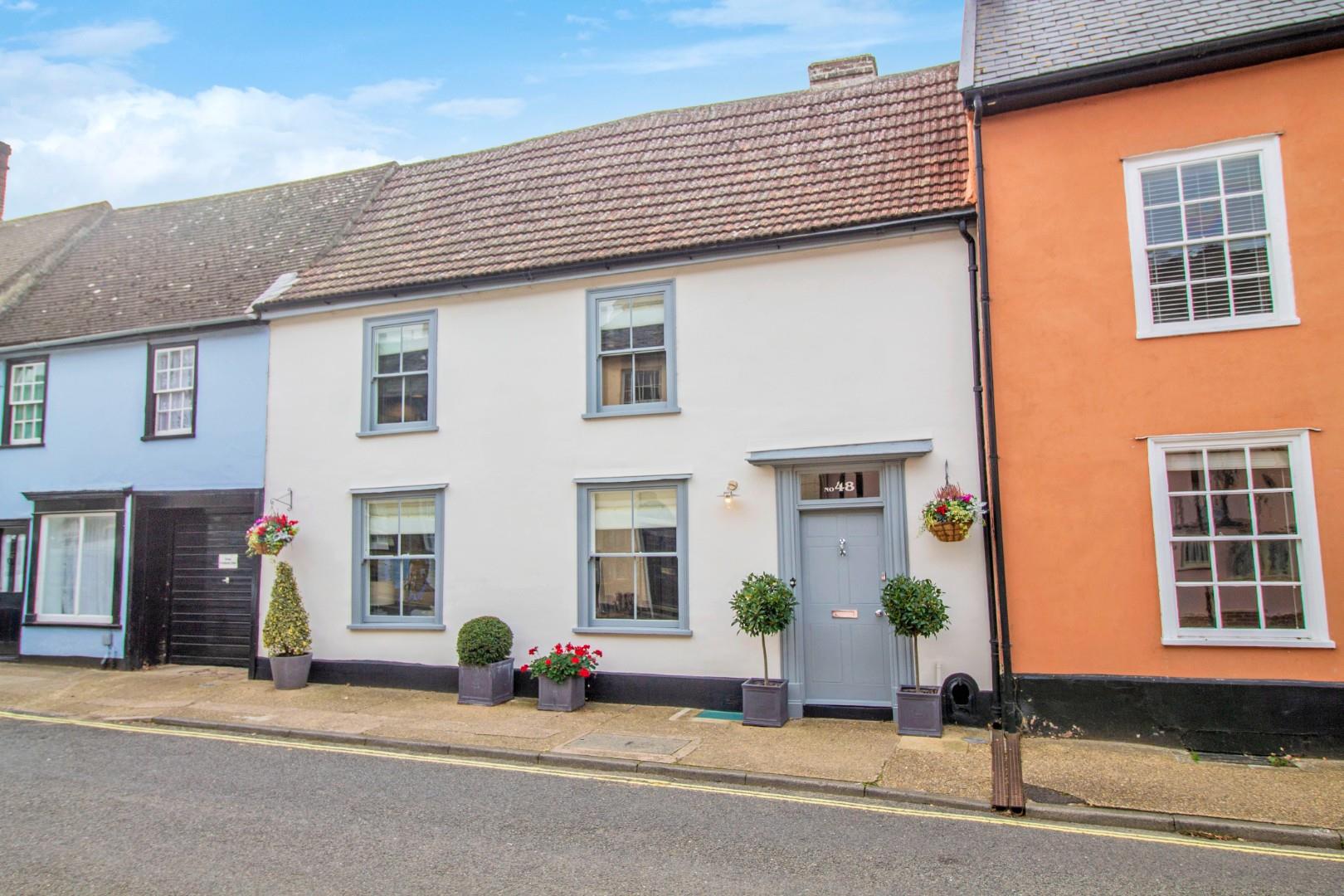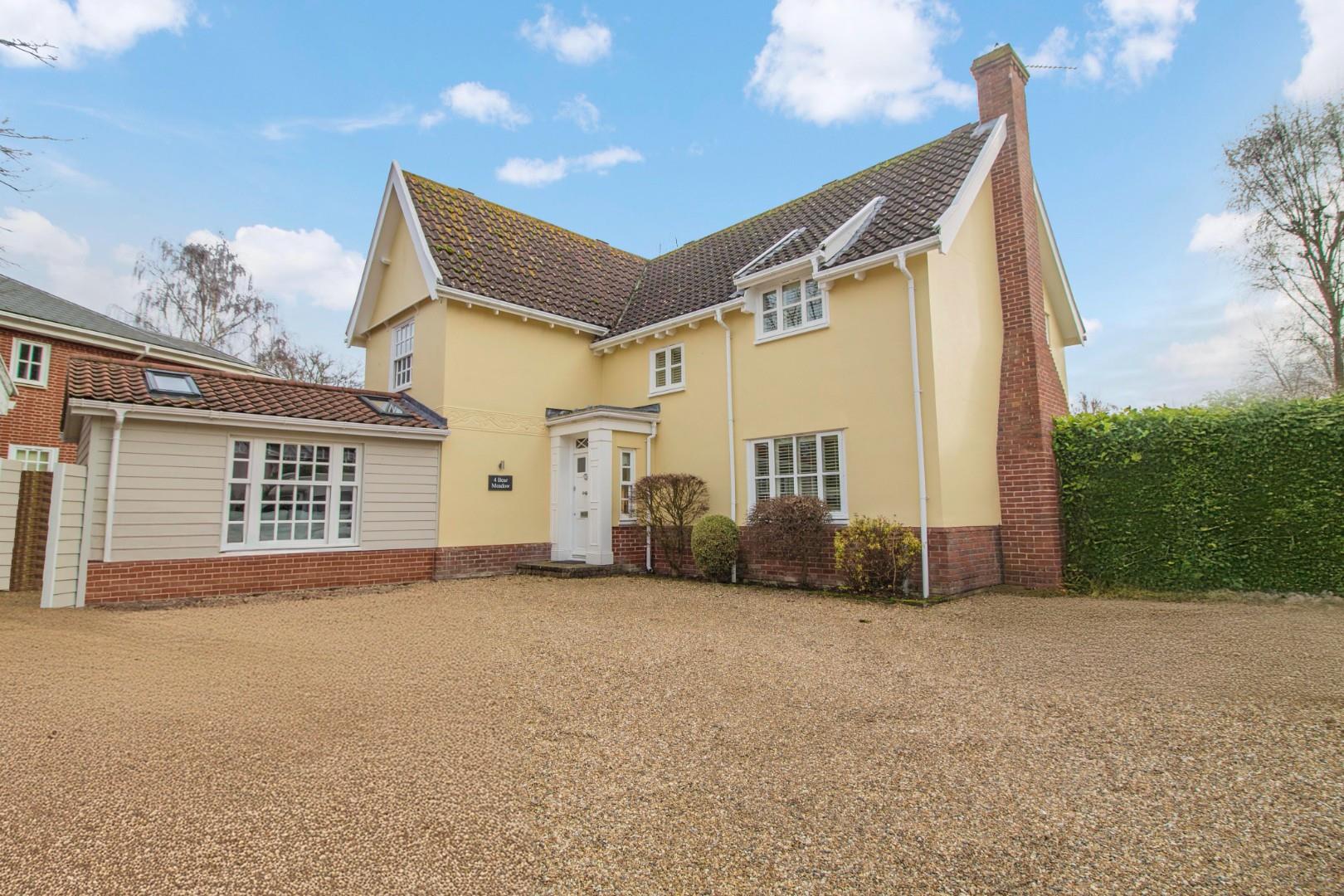St Nicholas, Bury St. Edmunds
-
Guide Price£695,000
-
BEDROOMS
5
-
BATHROOMS
2
-
LIVING ROOMS
3
-
HOUSE TYPETown House
KEY FEATURES
- **DOWNLOAD our detailed brochure & view the area profile video**
- *No onward chain*
VIDEO
PROPERTY SUMMARY
CALLING ALL ROMANTICS, CUSTODIANS OF HISTORY AND THE CURIOUS AT HEART… this dreamy period home stands on the site of an 800-year old medieval hospital, located just outside one of four grand gates into the Bury St. Edmunds Abbey.
Protected by a Pope and English royalty, this five-bedroom storied home is poised for a new lease of life. Believed to have been founded circa 1220 during the abbacy of Hugh II (1215-29), St. Nicholas was a charitable place of hospitality for the poor, a leper hospital and likely a stopover for pilgrimages to the shrine of the martyred King, Saint Edmund. A few centuries later, its fateful demise was sealed by King Henry VIII’s dissolution of the monasteries in 1539 at a time when the Abbey of Bury St Edmunds was one of the richest Benedictine monasteries in England. Around this time part of the building was converted into a dwelling and remnants of the oldest timber-frame Tudor core remain to this day, exemplified by a stunning late 15th century / early 16th century red brick chimney stack with an attractive diaper patterned base.
The unique grade II* listed status is resultant of the property’s siting on a medieval hospital with the incorporation of various fragments, especially evident in its beautiful ruinous and recently restored flint knapped boundary wall, which envelops a majestic hidden garden. Listed building consent for the removal of a garage was recently implemented and now provides a gated gravel entrance drive for much coveted off-street parking (up to four vehicles). There has been updating of the central heating system throughout. Early indications of a modern kitchen extension are positive should a buyer wish to exercise this option (refer to our ‘agent’s notes’) while overall the house is a blank canvas of endless interior design possibilities.
Special tribute is to be paid to the garden, framed by a superior Cedar tree that creates a breath-taking visual canopy. Completely private and extensive at up to a third of an acre, there are various pockets of intrigue ripe for the horticultural enthusiast with uncovered pathways and mature shrubs. The intricate stone tracery window is proudly visible on the corner of Hollow and Barton road, relocated after 1811 from the east elevation of St Petronilla, another medieval hospital situated in Southgate Street (refer to our ‘provenance’ and ‘great outdoors’)


































